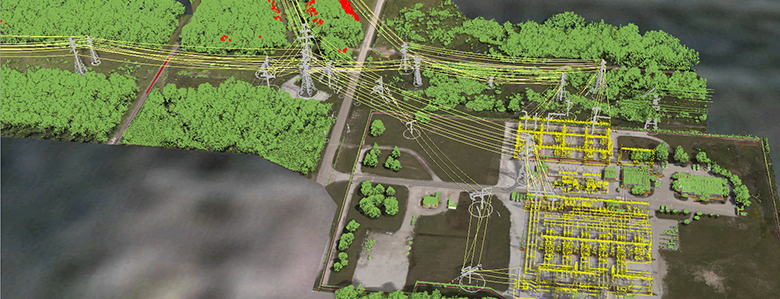LiDAR 101 – Maximising organisational value

Course objectives
- Provide a clear understanding of what LiDAR is
- Determine the various related data products that can be acquired at the same time as LiDAR
- Explore the applications of the data and specifically how they relate to industry
- Look at case studies and international best practice
- Provide a clear understanding of how different strategies can provide maximum value to an organisation
Course Dates
Course Location
Training courses can be delivered at your premises or a convenient location.
Course Content
- What is it
- How it works and the different sensor types
- Platforms – the different ways in which LiDAR can be collected, from tripod to high altitude fixed wing aircraft
- How it varies – the way in which sensors, flight regimes and aircraft types can vary and the impact this has on the resulting dataset
- Applicability – What the different variations in sensor and platform do to impact how the data can be used
- Data applications Understanding how to use LiDAR data to produce 3D models Output to Google Earth Vegetation data in a GIS
- What cant it do (debunking myths)
- Introduction to classification
- Why classifying LiDAR data is important
- How it is performed (software, techniques, full manual, semi-automated, fully automated)
- Classification best practice
- What kind of imagery can be obtained
- How it is processed and what differences this makes
- Applications for industry
- Understanding how to use LiDAR data to produce 3D models
- Applications including output to Google Earth, vegetation data in a GIS
- Maximising value – How the internal (to the customer) value proposition comes together, and how decision can improve this (cross-departmental collaboration, additional sensors on a flight, etc.)
- Case studies – some international examples showing how all these different elements can be applied in different ways, and the lessons learnt
- Q&A